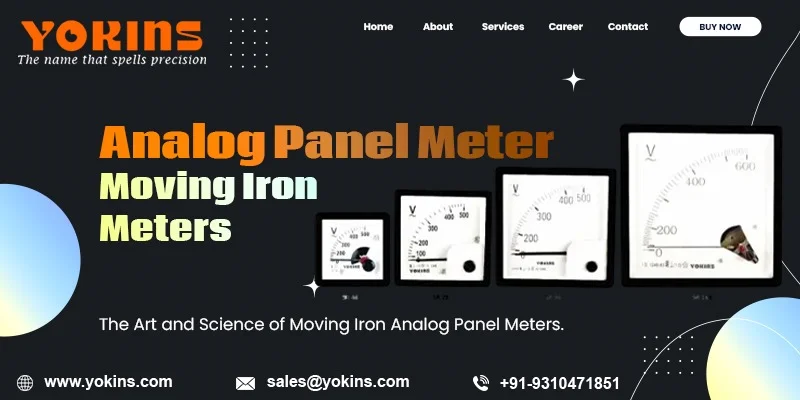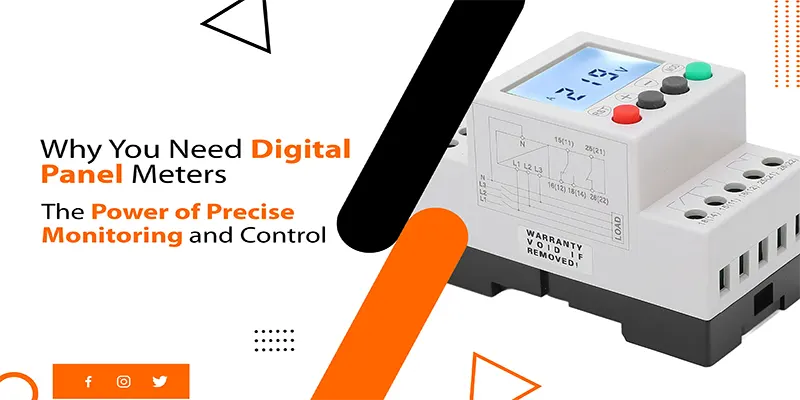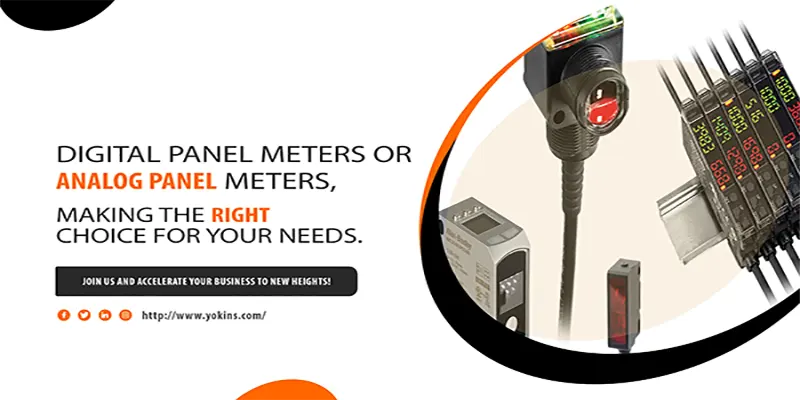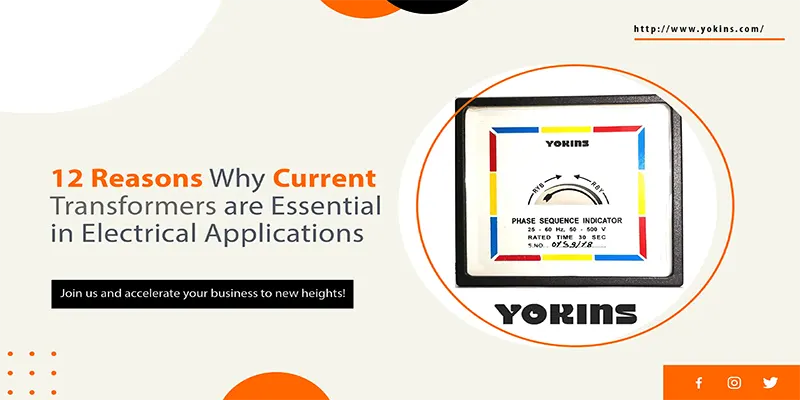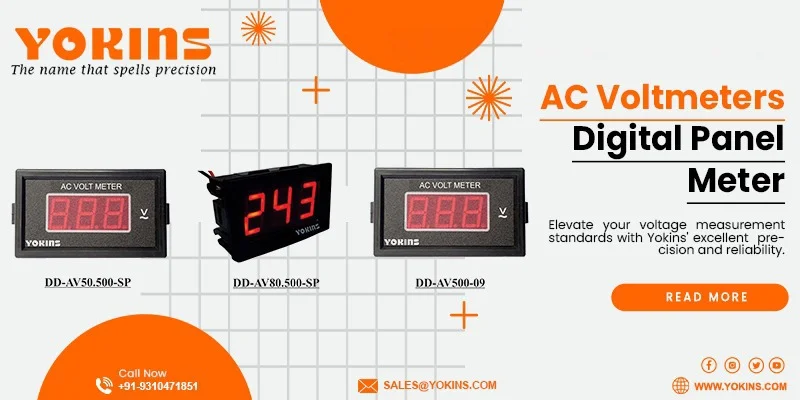
Choosing the Right DC Shunt for Your Project
Introduction
When it comes to precise current measurement in electrical circuits, DC shunts are indispensable. They provide accurate readings, ensuring efficient operation of various applications, from industrial machinery to renewable energy systems. This guide will help you choose the right DC shunt for your project, considering critical factors such as current rating, accuracy, mounting type, and environmental conditions.
Understanding DC Shunts
DC shunts are low-resistance devices used to measure high currents by allowing a small voltage drop proportional to the current flow. This voltage drop is then measured and used to calculate the current. The selection of a DC shunt involves understanding its specifications and how they align with your project's requirements.
Key Factors to Consider
1. Current Rating
Full-Scale Current: Choose a shunt with a current rating that matches or slightly exceeds the maximum current expected in your application. For example, if your system operates at 100A, a 120A shunt would be ideal to handle occasional surges.
Continuous Current Capacity: Ensure the shunt can handle the continuous current without overheating, which could lead to inaccurate readings or device failure.
2. Accuracy and Tolerance
Precision Requirements: Different applications demand different levels of accuracy. For high-precision measurements, look for shunts with low tolerance levels, typically within 0.5% to 1%.
Calibration: Regular calibration of the shunt can maintain its accuracy over time. Choose shunts that come with calibration data and certificates.
3. Mounting Type
PCB Mounted Shunts: Ideal for compact and low-power applications where space is a constraint. These are typically used in electronic circuits.
Bolt-On Shunts: Suitable for high-power applications requiring robust connections. These shunts can handle higher currents and are commonly used in industrial settings.
4. Environmental Conditions
Temperature Range: Ensure the shunt can operate within the temperature range of your application environment. Extreme temperatures can affect the resistance and accuracy of the shunt.
Humidity and Corrosion Resistance: For applications in harsh environments, choose shunts with protective coatings or made from corrosion-resistant materials.
5. Voltage Drop
Optimizing Voltage Drop: A lower voltage drop (e.g., 50mV or 75mV) can reduce power loss but may affect measurement accuracy. Conversely, a higher voltage drop (e.g., 100mV) can improve accuracy but increase power dissipation. Balance the voltage drop based on your application's power and accuracy needs.
6. Size and Form Factor
Space Constraints: Consider the physical size of the shunt and its compatibility with your system’s layout. Ensure there is adequate space for installation and maintenance.
Integration with Existing Systems: Ensure the chosen shunt can be seamlessly integrated into your existing setup without significant modifications.
Conclusion
Selecting the right DC shunt involves a careful assessment of your project's specific requirements and conditions. By considering factors like current rating, accuracy, mounting type, environmental conditions, voltage drop, and form factor, you can ensure precise current measurement and optimal performance of your system. Always consult with manufacturers’ datasheets and, if possible, seek expert advice to make an informed decision.
Yokins has wide range of DC Shunts like PCB Mounted Shunts, DC Shunt Compact (Low Cost), DC Shunt As Per IS1248 and many more.
By making the right choice, you’ll enhance the reliability and efficiency of your electrical systems, whether in industrial machinery, renewable energy applications, or intricate electronic circuits.


